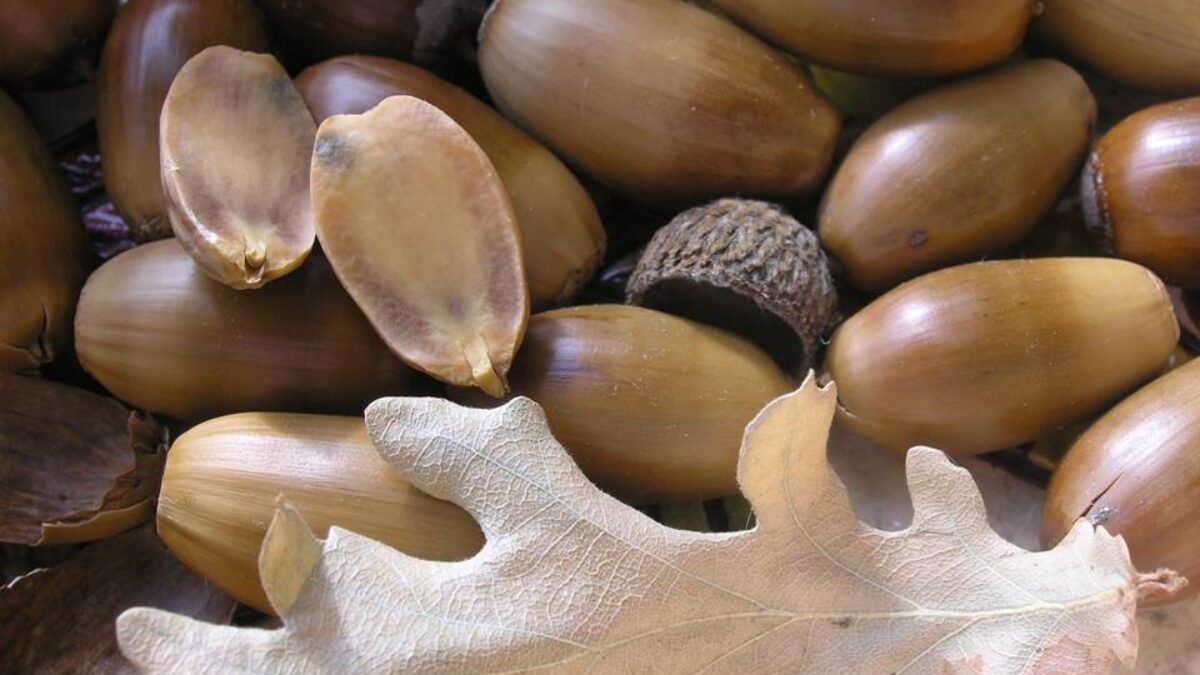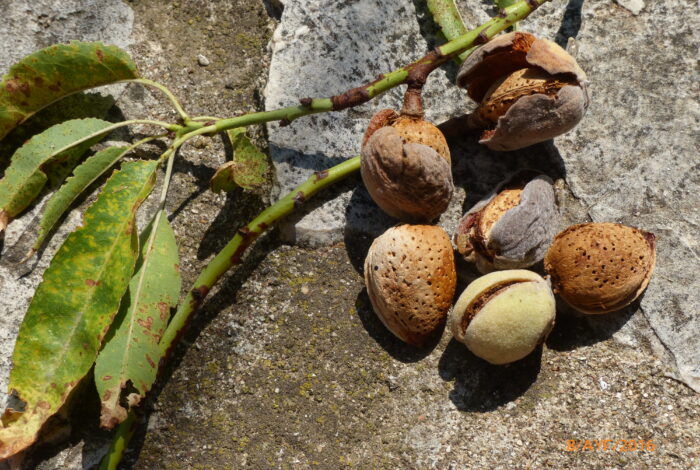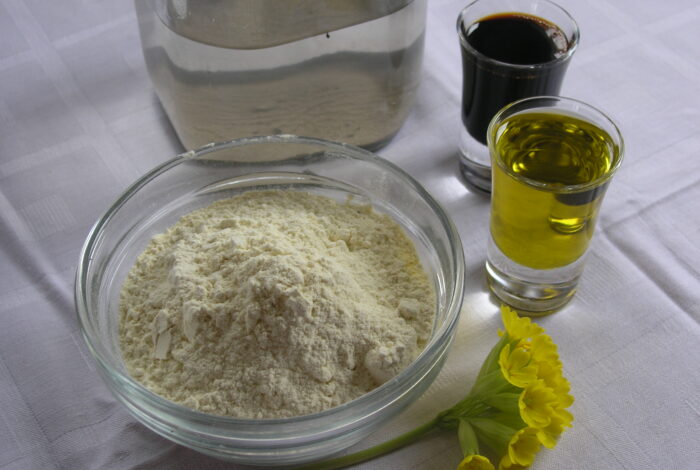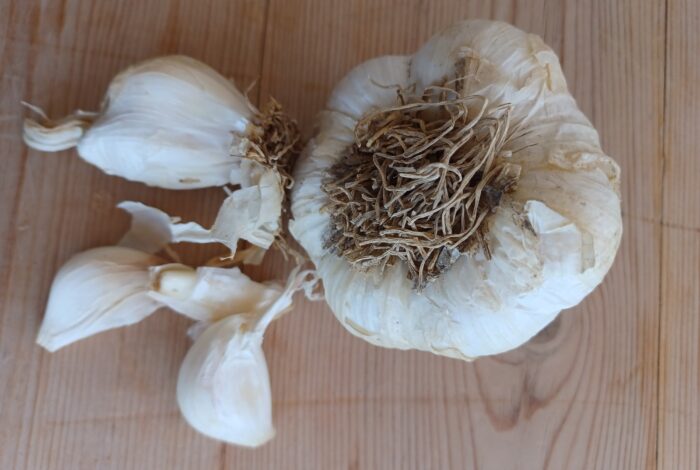Soultana-Maria Valamoti
Oak trees have been integral to Greece’s nature for the past 10,000 years, showcasing a truly impressive variety according to pollen charts. Oaks produce acorns, an edible nut which archaeological research has shown that Neolithic and Bronze Age farmers collected and stored in their settlements, especially in northern Greece. A wide variety of oak trees exists, not all of which produce the sweet acorns that people in the past found most desirable. However, with the appropriate processing, even bitter acorns can be stripped of their tannins. In fact, for certain indigenous populations in the United States, specifically in California, acorns form a major part of their diet. In ancient Greece, acorns, despite their connotations as a self-seeded species of tree, were a known food source. Texts which refer to oak trees among other self-seeded species of flora make the distinction between wild and domesticated oaks; Theophrastus (4th – 3rd century BC) for example, in his Enquiry into Plants, distinguishes wild and domesticated oaks based on the sweetness of the latter’s acorns. In fact, Theophrastus notes the existence of domesticated oaks which nevertheless produced bitter acorns, and he goes on to list various species of oak tree based on the size, shape, and colour of the acorns they produce.
This clearly shows that the ancient Greeks were acquainted with a species of oak that could be characterised as domesticated and which produced sweet acorns, i.e. they knew that these specific sweet acorns were edible. While acorns are not often included in food lists, they nevertheless appear, as demonstrated by a passage from Alexis (4th – 3rd century BC), which lists them together with various legumes, tubers, dried figs and others. In Plato’s Republic (5th – 4th century BC), acorns are included among the appetizers which accompany wine; indeed, diners seem to have roasted them in ashes before eating, while sipping on their drinks. Hippocratic texts describe the flavour profile of acorns as ‘slightly bitter’, albeit less so when roasted. Elsewhere, it is noted that acorns tend to go bitter when stored for long periods of time. The bitter taste acorns exhibit is mentioned by Theophrastus in his On the causes of plants. Apollonius of Rhodes’ Argonautica (3rd century BC) mentions that in ancient times, before the birth of the moon, the inhabitants of Arcadia subsisted on acorns. Acorns are also described in ancient texts as livestock feed for pigs; in fact, acorns were one of the foods the sorceress Circe fed to those companions of Odysseus she transformed into pigs (Homer, Odyssey, 8th century BC).
In the modern day, if you ask around the countryside about acorns, the most common answer will be that they served as emergency subsistence in the recent past. Acorns form the basis of a local bread recipe found in Crete. They are not a staple of traditional Greek cuisine. However, this ancient local nut is nevertheless the protagonist in a range of products from the island of Kea. Drawing inspiration from California, where acorns nourished indigenous people for generations, the island’s acorns are harvested and, after a drawn-out and complex de-bittering process, are turned into edible flour which is used to make tasty biscuits, in a fusion recipe which brings together a New World practice with the ancient recipes of Arcadia and the neolithic peoples of northern Greece.










